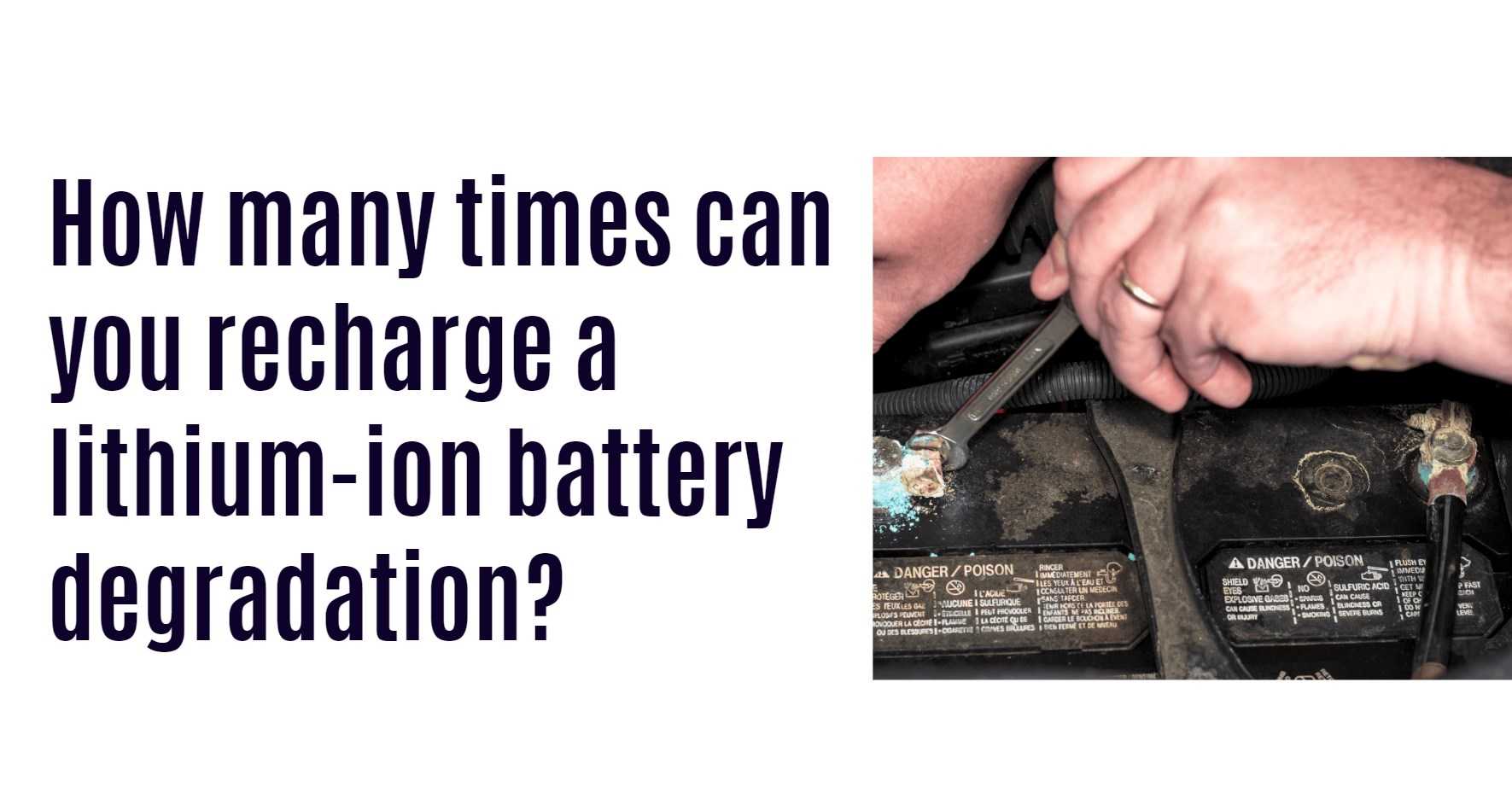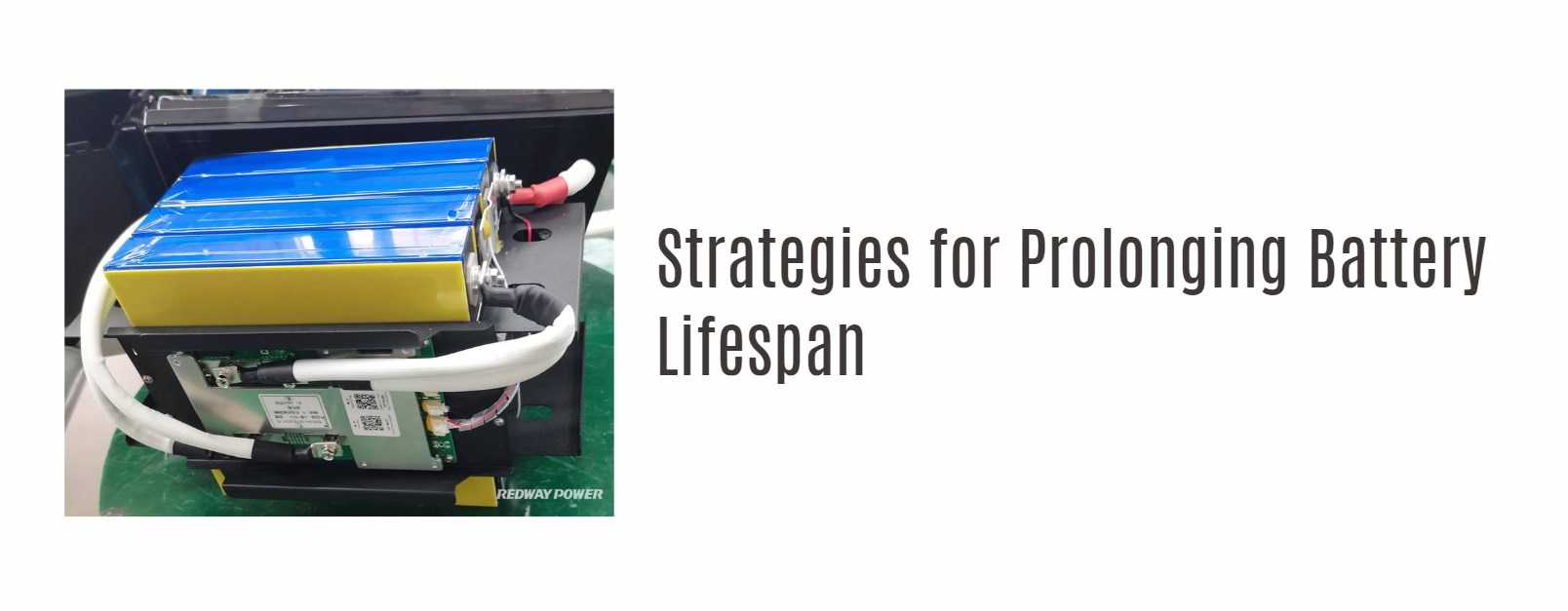We delve into the intricacies of lithium-ion (Li-ion) batteries, renowned for their high energy density and reliability across various applications, from consumer electronics to electric vehicles. Unlike conventional batteries, Li-ion batteries utilize lithium ions moving between the cathode and anode to store and release energy efficiently. This mechanism forms the backbone of modern portable power solutions due to lithium’s superior electrochemical properties.
Factors Affecting Lithium-Ion Battery Lifespan
Chemical Processes and Structural Changes
The degradation of Li-ion batteries begins from their first use, influenced by several critical factors. Chemical reactions within the battery lead to structural disordering of electrodes over time, impacting overall performance. Additionally, parasitic reactions and electrode material alterations reduce the battery’s charge capacity and efficiency gradually.
Environmental Conditions
Temperature variations significantly affect Li-ion battery lifespan. Extreme temperatures, both high and low, accelerate degradation processes. Optimal storage and usage conditions between 10°C to 30°C are recommended to mitigate these effects and ensure prolonged battery life.
Charging and Discharging Practices
Proper charging habits play a crucial role in maintaining battery health. While Li-ion batteries can endure numerous charge cycles, deep discharges and overcharging can hasten capacity loss. Our experts advise against complete discharge and emphasize periodic partial charges to extend battery longevity.
Strategies for Prolonging Battery Lifespan
Temperature Management During Charging
Efficient charging techniques involve temperature control to prevent thermal stress. Fast charging, while convenient, should be carefully managed to avoid overheating and subsequent damage to the battery structure. Ideal charge temperatures should be maintained within safe limits to optimize performance without compromising longevity.
Understanding Charge Cycles
A charge cycle, defined from full charge to discharge, directly impacts battery durability. Regular users should aim to maintain the battery charge between 20% and 80% for everyday use. Occasional full discharges help recalibrate the battery, but frequent deep cycles should be avoided to preserve overall capacity.
Practical Maintenance Tips
Proper Storage Conditions
When storing Li-ion batteries for extended periods, ensure they are kept at moderate temperatures around room temperature (~25°C) and at a partial charge level (approximately 40%). This practice prevents unnecessary stress on the battery and maintains readiness for future use.
Choosing the Right Charger
Investing in high-quality chargers from reputable manufacturers ensures consistent performance and safeguards against overcharging. Chargers equipped with advanced features like temperature monitoring and current regulation are recommended to maintain optimal charging conditions.
Conclusion
In conclusion, the lifespan and performance of lithium-ion batteries hinge on meticulous maintenance practices and informed usage habits. By understanding the intricate balance of chemical processes, environmental influences, and charging protocols, users can maximize the utility and longevity of their batteries effectively.





